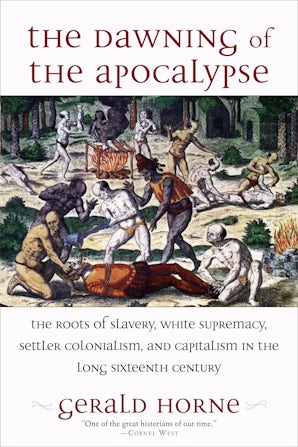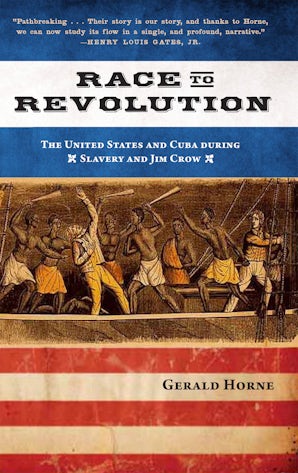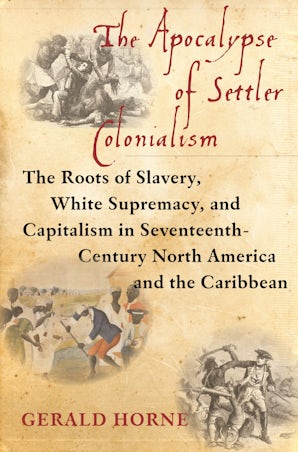Also in this issue
Books by Gerald Horne
The Dawning of the Apocalypse
by Gerald Horne
Jazz and Justice
by Gerald Horne
Race to Revolution
by Gerald Horne
Confronting Black Jacobins
by Gerald Horne
The Apocalypse of Settler Colonialism
by Gerald Horne






